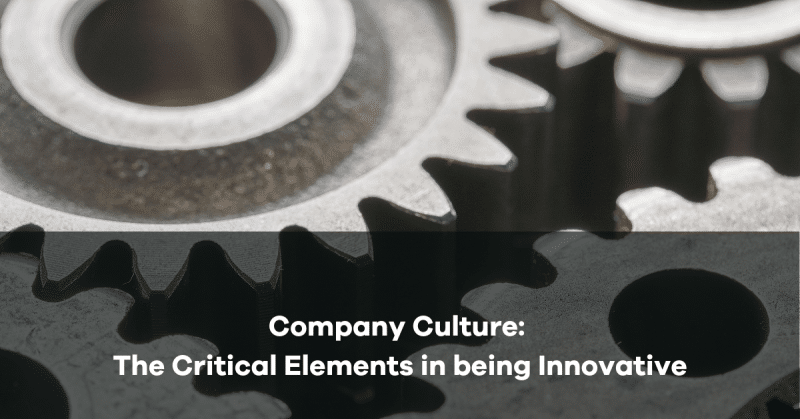Consider this
You are a small to medium enterprise (SME) and an employee you hired 12 months ago is not working out. You have made that difficult decision and will need to let them go.
You ask yourself: What happened? They were so perfect at interview and in the first 3 months. Conversations since then have been particularly challenging. How did I miss this?
Does this scenario sound familiar? Have you been here before? Verity Consulting is here to help you make sense of the potential points of failure along the employment lifecycle.
Some food for thought as you reflect upon your own people management challenges.
There are 4 points at which the above scenario could have been avoided.
- Pre-employment
- Employment and Onboarding
- Managing and Developing Employees
- Employment Separation
1. Pre-employment
Decades of experience on a resume contributes less to achieving good employee-business fit than being upfront about: expectations of behaviour, future potential and what is gleaned about candidates at interview.
Firstly, position descriptions (PDs) have traditionally been the mainstay of the pre-employment screening process. While PDs are effective in outlining role accountabilities, they do not articulate expectations of behaviour. New employees (as well as existing) need to be clear about two things: accountabilities and behaviours.
Behaviours are essentially a translation of your business’s core values into expectations of behaviour. Expectations of behaviour are where you can be clear about the possibility of job role changes as the business grows and innovates. Change is the only constant in the workplace and you want your staff to be able to flex and respond well to change as the business grows.
Determine the 4 to 6 non-negotiable behaviours and roll these out across all roles in the business. Communicate the set of behaviours critical to the role at interview and add these to the employee contract. In this way, if you need to have a challenging conversation with a member of staff you have these as a reference point.
Secondly, avoid growing pains by recruiting for what you potentially need in the future. Look for candidates who have the potential for growth rather than those that are perfect for your business today. Again, the behaviours you wrap around roles and accountabilities gives you greater options for negotiation on role change during points of business change. Remember to reset accountabilities and expectations each time role changes are made. Oh and… update the employee contract.
Thirdly, the interview process gives you, the employer, a brief window to validate the candidate’s fit within your organisation. Use this opportunity wisely.
The Interview is not a Q&A. It is not the time to validate the resume or to assess technical competence. It is also not the time to rely on vibes and gut feel.
Use the interview to assess how likely the candidate will perform on the job. This will entail asking questions that exposes the candidate’s value-set that ultimately drives their day to day behaviour.
For advice on an appropriate question set, contact Verity Consulting.
Join us next week for Part 2 of our 4 blog series






